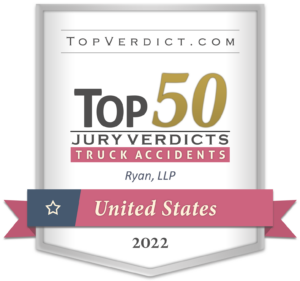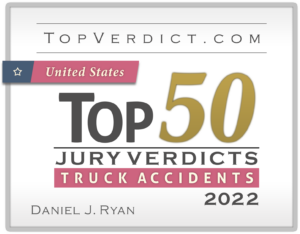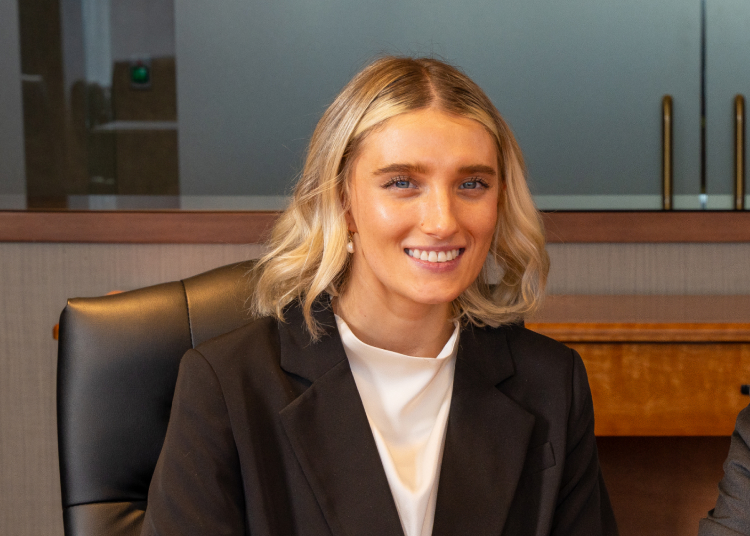A hit-and-run accident can leave victims not only dealing with physical injuries but also the emotional stress of the unknown. When the person responsible for the accident leaves the scene, it can feel like there’s no way to recover compensation. But in Ohio, even if the driver flees, you may still have options to seek the compensation you deserve. Knowing your rights and the legal avenues available to you is critical to getting back on your feet after such an event.



Understanding Ohio’s Hit-and-Run Law
Ohio law is clear that leaving the scene of an accident is a serious crime. Drivers involved in an accident are required to stop, provide their name, address, driver’s license number, and vehicle registration number to the other party. If they fail to do so, it is considered a criminal offense. Despite this legal requirement, many drivers flee the scene, either out of fear, lack of insurance, or other reasons. When this happens, it complicates the situation for the injured party, leaving them wondering how to move forward.
Even if the responsible driver is never identified, Ohio law provides options for victims of hit-and-run accidents to recover compensation through their own insurance. Understanding how to use your coverage can make a huge difference in your ability to recover after a hit-and-run incident.
Attorney Paralegal Our objectives remain clear in every case we pursue: To give every client, without delay, excuse or equivocation, our full attention, sound advice and forceful representation.Dan Ryan

Elizabeth Fitzgerald
What to Do After a Hit-and-Run Accident
If you’re involved in a hit-and-run accident, it’s important to stay calm and act quickly. First, always call the police. Reporting the accident ensures an official record is made, which is essential for any claims you may need to file. The police will document the incident and, if possible, begin an investigation into finding the responsible driver. It’s also helpful to take as many details as possible about the accident. While it’s difficult to gather information when the driver has fled, any details you can provide, such as the make, model, color, or even a part of the license plate number, can aid law enforcement in locating the responsible driver.
If you are physically able, take photographs of the scene. These images can include the damage to your vehicle, any visible injuries, and the surrounding area. If there are any witnesses to the event, get their contact information. Their statements can be helpful in piecing together what happened and supporting your claim.
Seeking medical attention is another crucial step after a hit-and-run. Even if you don’t feel like you’ve been seriously injured, some injuries, especially whiplash or internal injuries, may not show immediate symptoms. A medical evaluation will help document any injuries, which can be important if you need to file an insurance claim or lawsuit later.
Report the accident to your insurance company. In Ohio, even if the driver who caused the accident is not found, you may still have the ability to file a claim. Many insurance policies offer coverage for these types of incidents, though there are certain steps to follow to ensure you get the compensation you deserve.

- Zora S.
![]()

- Lashawn H.
![]()
Recovering Compensation Through Insurance
In Ohio, there are two primary ways to recover compensation after a hit-and-run: uninsured motorist coverage and personal injury protection (PIP). These types of coverage can help pay for medical expenses, lost wages, and other damages caused by the accident, even if the driver who caused the crash is never located.
Uninsured motorist coverage is a key option for those who find themselves in a hit-and-run situation. While not required by law, uninsured motorist coverage is often offered as part of an auto insurance policy. If you have this coverage, your insurance company can step in to pay for medical bills, car repairs, and other expenses related to the accident, based on the limits of your policy. Keep in mind that even if you have this coverage, your insurance provider may not always make the process easy. There may be delays or disputes over the amount of compensation you’re entitled to, so it’s important to work closely with your insurer or an attorney to ensure you’re fairly compensated.
Personal injury protection (PIP) is another option that can help you recover compensation after a hit-and-run accident. PIP coverage is no-fault insurance, meaning it covers your medical bills and lost wages, regardless of who is at fault for the accident. Ohio law allows drivers to include PIP in their insurance policies, but it’s important to check your policy to see if you have it. PIP can help cover expenses even if the responsible driver cannot be identified or if they are uninsured.
When Legal Action Becomes Necessary
While insurance coverage can help in many hit-and-run cases, there are situations where it may not be enough. If your insurance policy doesn’t cover all of your expenses, or if your insurance company refuses to pay a fair amount, legal action might be necessary. In some cases, an attorney can help you pursue further compensation through a lawsuit or settlement.
Your attorney may also be able to help you track down the hit-and-run driver. Although it’s challenging to identify a driver who has fled the scene, law enforcement, private investigators, and even attorneys can gather evidence, such as surveillance footage or witness statements, that may help identify the responsible party.
If the responsible driver is located, you may be able to pursue a personal injury lawsuit to recover additional compensation for your pain and suffering, long-term medical care, and other damages. An experienced attorney can help you navigate this complex process and advocate for your rights.
What You Can Recover in a Hit-and-Run Case
The amount of compensation you can recover in a hit-and-run case depends on a variety of factors, including the extent of your injuries, the cost of medical treatment, and the impact on your life. If the at-fault driver is located, and a lawsuit is filed, you may be able to recover compensation for both economic and non-economic damages.
Medical expenses are often the most significant cost following a hit-and-run accident. This includes everything from emergency room visits to surgeries, rehabilitation, and physical therapy. You may also be able to recover compensation for future medical expenses if your injuries require long-term care.
If your injuries prevent you from working, you may be entitled to compensation for lost wages. This can cover both the wages you’ve lost while recovering and any future loss of earning capacity if you’re unable to return to your previous job.
Pain and suffering is another common type of damage that can be recovered in a hit-and-run case. This refers to the physical and emotional pain you experience as a result of the accident. In some cases, emotional distress, such as anxiety, depression, or post-traumatic stress disorder (PTSD), can also be part of your claim.
Property damage, including the cost of repairing or replacing your vehicle, is another area where you may be compensated. If the driver who caused the accident is located, their insurance or personal assets could cover this expense. However, if the driver remains unidentified, your own insurance policy, through uninsured motorist coverage, may cover these damages.
Why You Need Legal Help
Hit-and-run accidents can be complicated, especially when the responsible driver is never found. Having an experienced attorney on your side can make a significant difference in the outcome of your case. An attorney can help ensure that you file the proper claims with your insurance company, negotiate on your behalf, and guide you through the process of pursuing additional legal action if needed. They can also help you track down the responsible driver if there’s any possibility of locating them.
If you’ve been involved in a hit-and-run accident in Ohio, Ryan Injury Attorneys are here to help. We understand the challenges you face and are committed to helping you recover the compensation you deserve. Reach out today for a consultation, and let us guide you through the legal process.


